- Home
- Hvac And Refrigeration
- Heaters
- Electric Heaters
- Electric Wall Ceiling Heaters
.....Read More

Electric Wall & Ceiling Heater Thermostats & Accessories

Hazardous-Location Electric Wall & Ceiling Unit Heaters
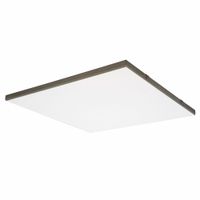
Recessed & Drop-Ceiling Electric Panel Heaters
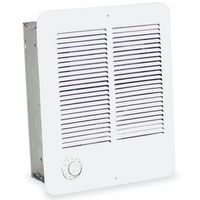
Recessed Electric Wall Heaters
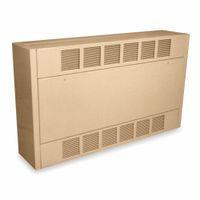
Surface-Mount Electric Wall & Ceiling Heaters

Suspended Electric Wall & Ceiling Unit Heaters
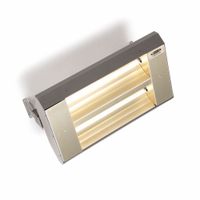
Suspended Infrared Radiant Electric Wall & Ceiling Heaters
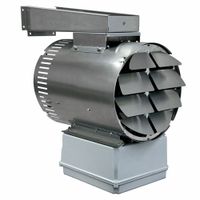
Washdown Electric Wall & Ceiling Unit Heaters
Frequently Asked Questions
What are the benefits of wall and ceiling-mounted electric heaters?
How do you install a recessed or drop-in electric heater?
What is the difference between surface-mount and suspended unit heaters?
Are infrared radiant heaters more efficient than other types?
How do hazardous-location heaters ensure safety in explosive environments?
What maintenance is required for washdown heaters?
How do you choose the right thermostat and accessories for electric heaters?